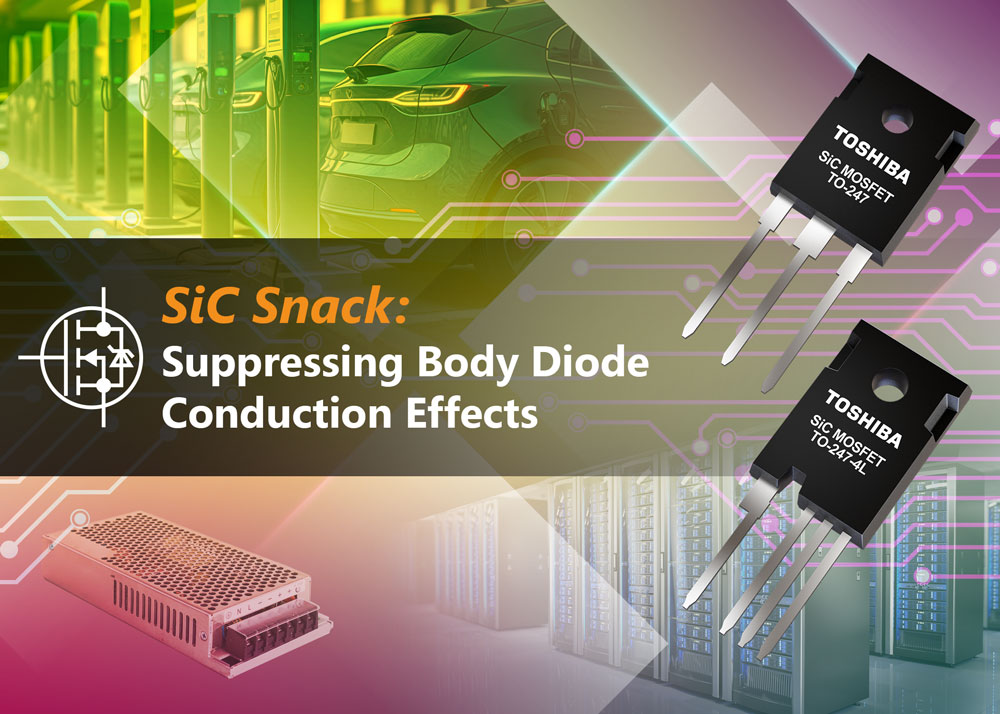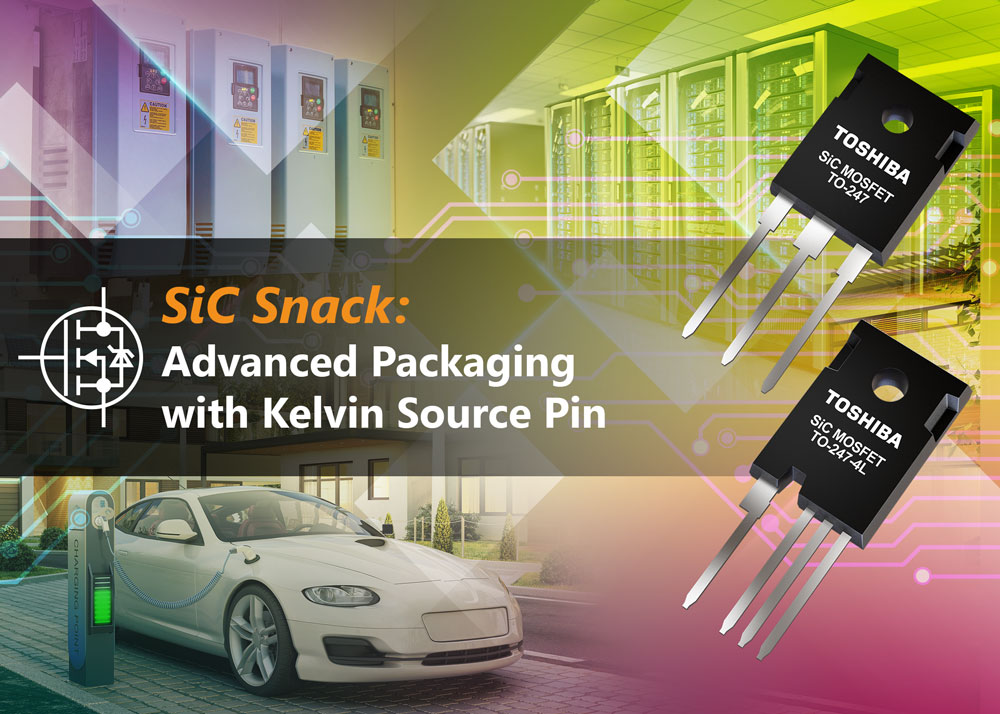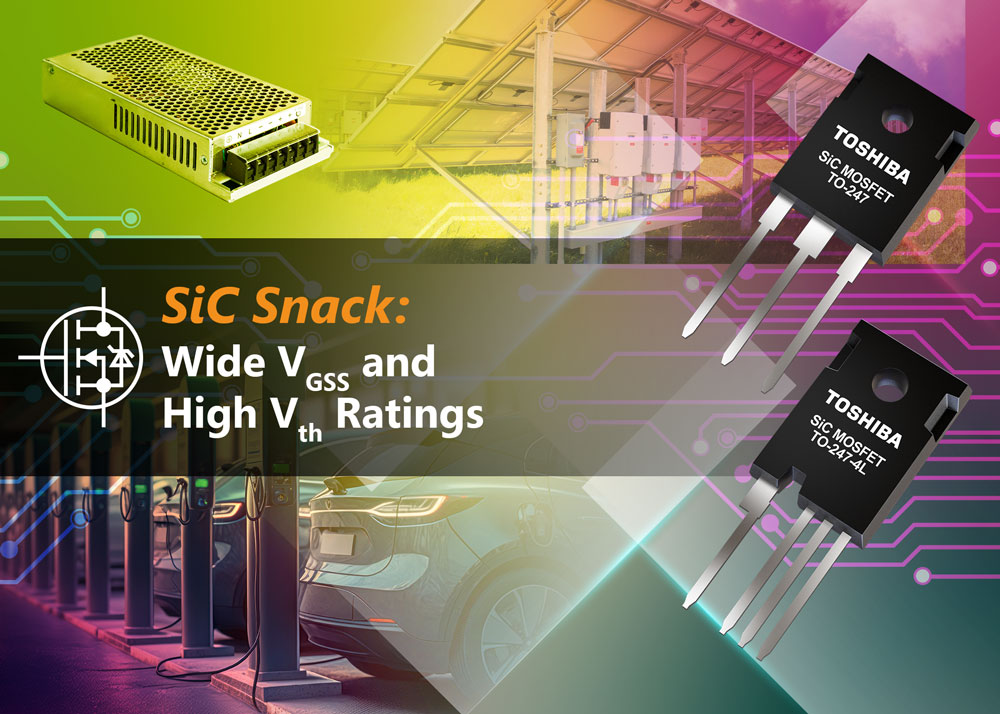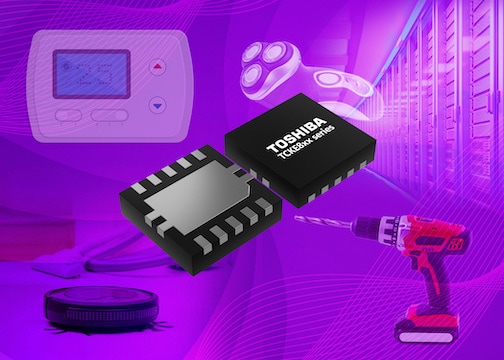- General Top
- SEMICONDUCTOR
- STORAGE
- COMPANY
-
My ToshibaSemicon
- Semiconductor Top
-
ApplicationsAutomotive
Body Electronics
xEV
In-Vehicle Infotainment
Advanced Driver-Assistance Systems (ADAS)
Chassis
IndustrialInfrastructure
BEMS/HEMS
Factory Automation
Commercial Equipment
Consumer/PersonalIoT Equipment
Healthcare
Wearable Device
Mobile
Computer Peripherals
-
ProductsAutomotive Devices
Discrete Semiconductor
Diodes
Transistors
Logic ICs
Analog Devices
Digital Devices
Wireless Devices
※
: Products list (parametric search)
Power SemiconductorsSiC Power Devices
※
: Products list (parametric search)
Isolators/Solid State RelaysPhotocouplers
Digital Isolators
Solid State Relays
Fiber Optic Transmitting Modules
※
: Products list (parametric search)
MOSFETsIGBTs/IEGTsBipolar Transistors※
: Products list (parametric search)
Diodes※
: Products list (parametric search)
MicrocontrollersMotor Driver ICsIntelligent Power ICs※
: Products list (parametric search)
Power Management ICsLinear ICs※
: Products list (parametric search)
General Purpose Logic ICsLinear Image SensorsOther Product ICsOther Product ICs
※
: Products list (parametric search)
-
Design & Development
Design & Development
Innovation Centre
At the Toshiba Innovation Centre we constantly strive to inspire you with our technologies and solutions. Discover how to place us at the heart of your innovations.
-
Knowledge
Knowledge
Highlighted Topics
Further Materials
Other
- Where To Buy
- Part Number & Keyword Search
- Cross Reference Search
- Parametric Search
- Stock Check & Purchase
This webpage doesn't work with Internet Explorer. Please use the latest version of Google Chrome, Microsoft Edge, Mozilla Firefox or Safari.
require 3 characters or more. Search for multiple part numbers fromhere.
The information presented in this cross reference is based on TOSHIBA's selection criteria and should be treated as a suggestion only. Please carefully review the latest versions of all relevant information on the TOSHIBA products, including without limitation data sheets and validate all operating parameters of the TOSHIBA products to ensure that the suggested TOSHIBA products are truly compatible with your design and application.Please note that this cross reference is based on TOSHIBA's estimate of compatibility with other manufacturers' products, based on other manufacturers' published data, at the time the data was collected.TOSHIBA is not responsible for any incorrect or incomplete information. Information is subject to change at any time without notice.
require 3 characters or more.
The Switching Benefits Derived from Using SiC
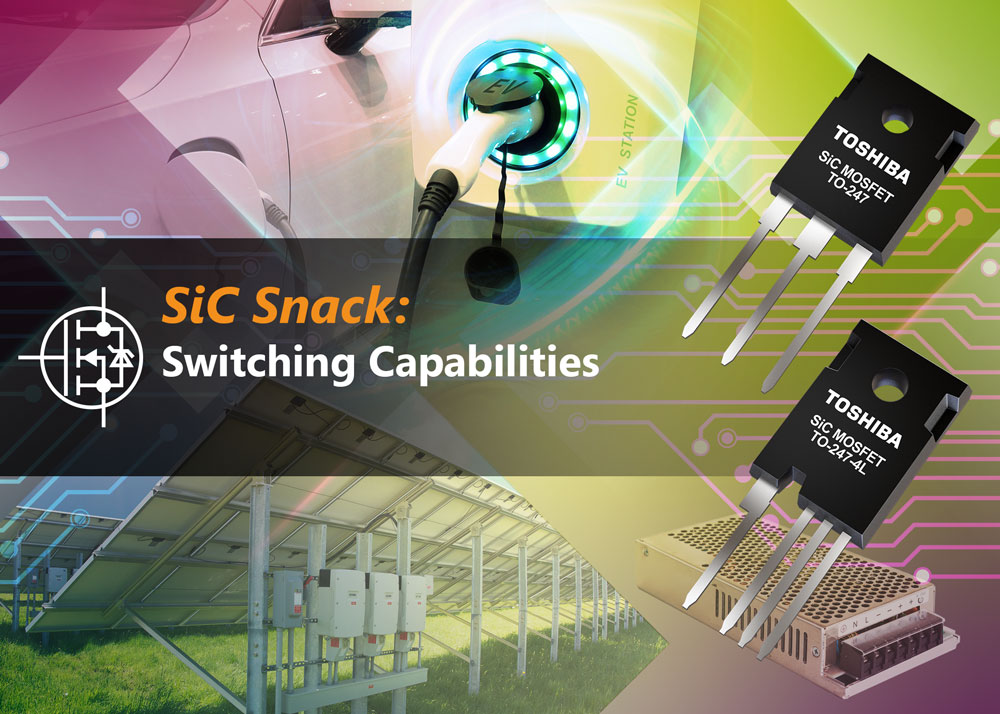
Silicon carbide (SiC) MOSFETs are able to deliver much more impressive switching characteristics than their silicon-based equivalents. Not only can they enable greatly increased speeds to be supported, but the power losses that directly relate to switching operations are dramatically less too.
The accelerated frequencies attained (which are an order of magnitude better than conventional silicon IGBTs) and the improved efficiencies subsequently derived from this are due to the intrinsic properties of SiC. Thanks to their faster turn-on and turn-off times, plus the shorter period spent in the Miller plateau, the losses that directly relate to switching operations are dramatically less for SiC MOSFETs. This means that the amount of accompanying heatsinking needed will be lower. Also the passive components employed will be markedly smaller in size. The upshot of all this is that switching implementations based on SiC will not only deliver better performance, they will also take up less space and have lower peripheral component costs. It thus makes the investment needed to migrate to wide bandgap much more justifiable.
Toshiba’s unique ‘SiC Snacks’ concept provides engineers and procurement managers with information on the attributes of SiC technology that are going to be most relevant to the projects they are involved in.
There are two that deal specifically with switching. The first, which is about how to accentuate switching performance, can be downloaded here:
Available SiC Snacks:
1. Switching Capabilities
2. The RDS(ON) x Qgd figure of merit (FoM)
3. Suppressing Body Diode Conduction Effects
4. Wide VGSS ratings
5. Advanced packaging with Kelvin source pin
Download the snack you're interested in, or download them all together.


